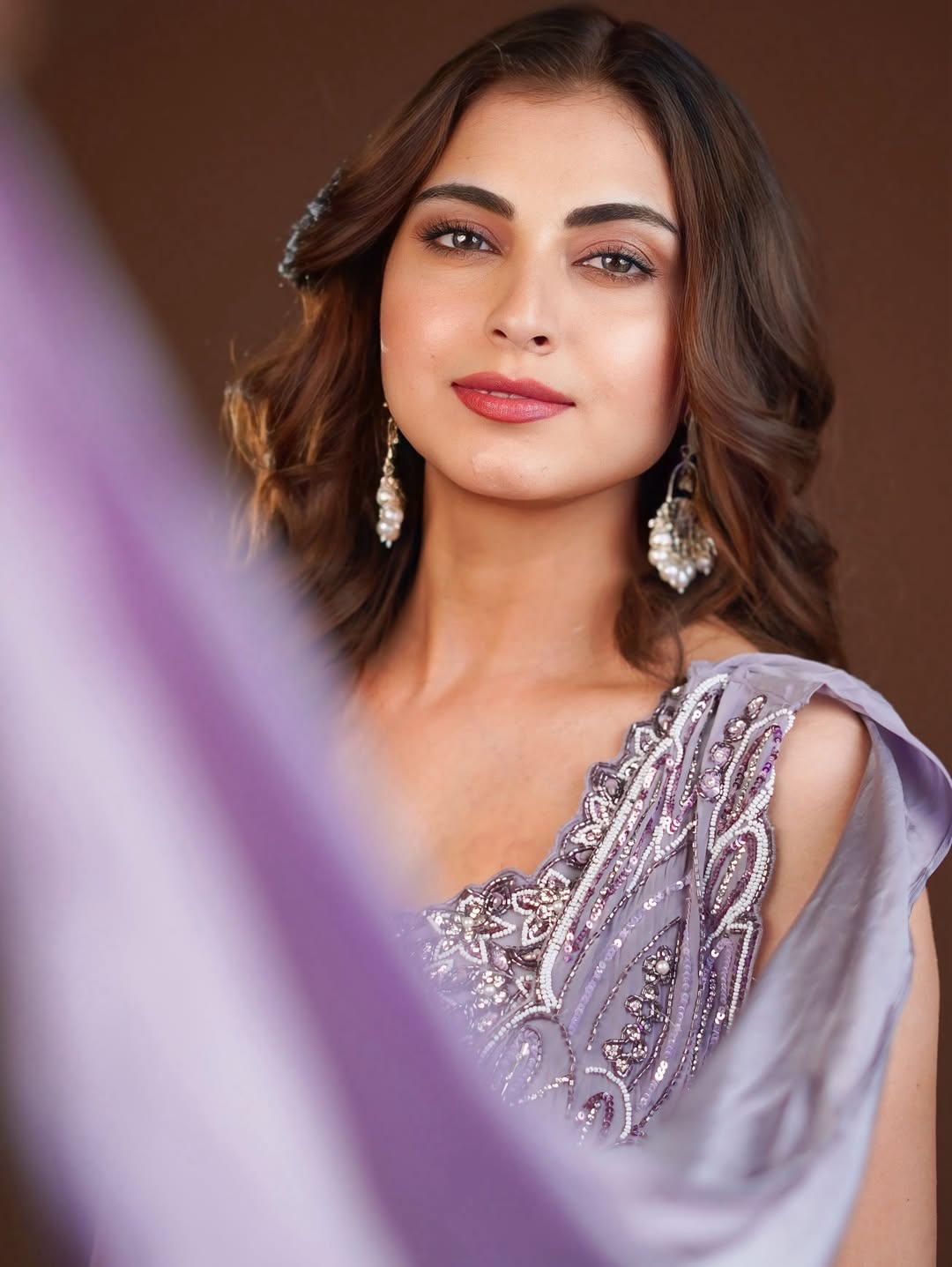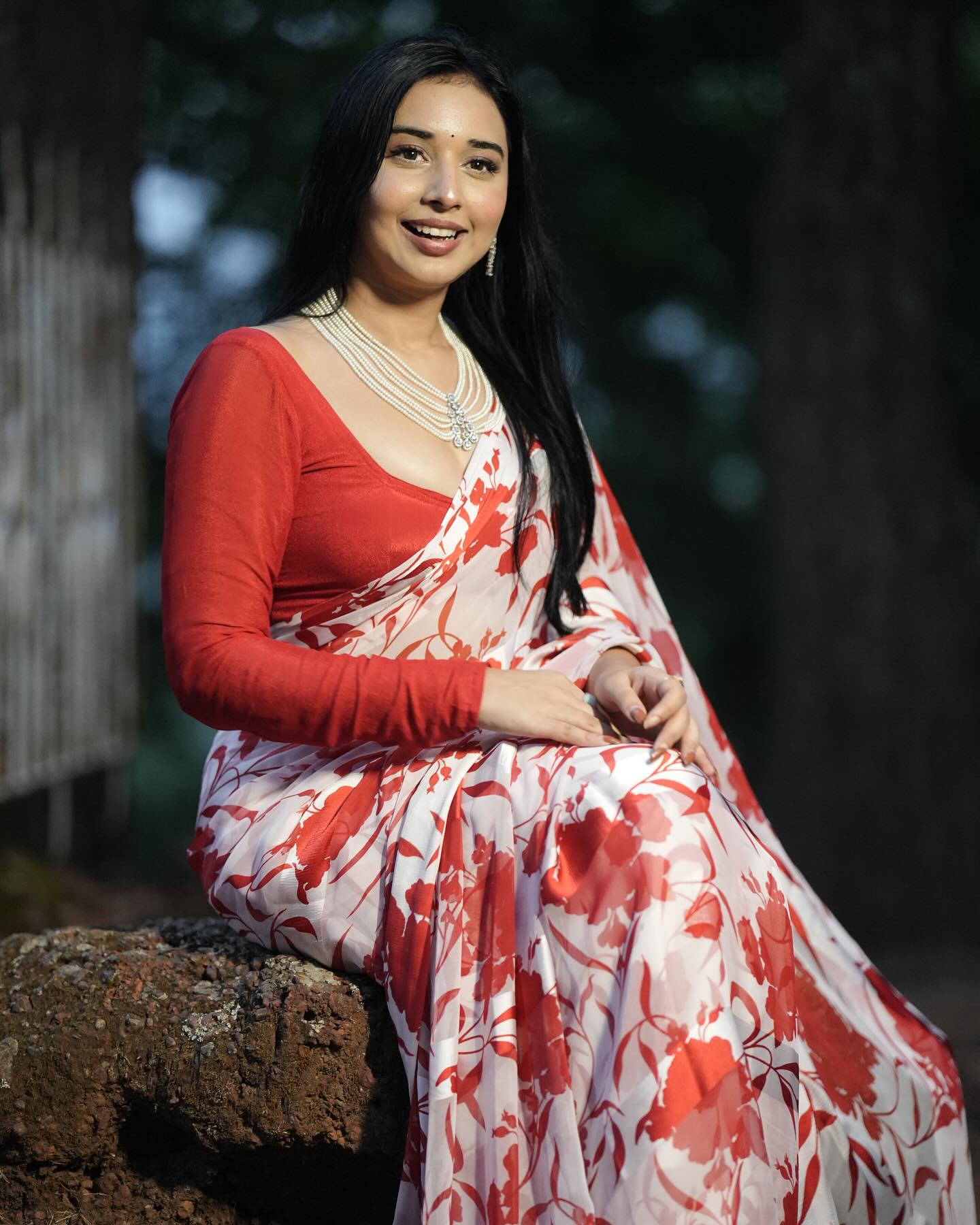Weapons Movie Review: Zach Cregger’s Haunting Mystery That Blends Horror and Dark Comedy
If Barbarian had you gripping your seat in claustrophobic terror, Zach Cregger’s Weapons will keep you leaning in, trying
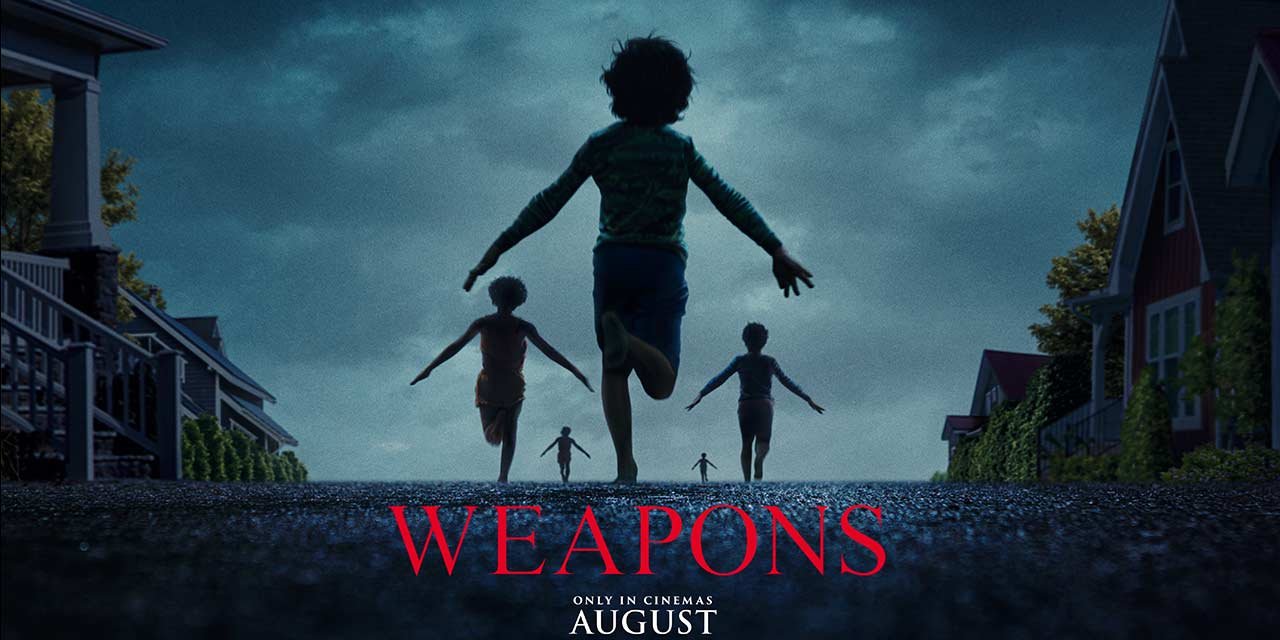
If Barbarian had you gripping your seat in claustrophobic terror, Zach Cregger’s Weapons will keep you leaning in, trying to piece together a puzzle you’re not sure you want solved. This movie review of Weapons delves deep into the unsettling world of Maybrook, a quiet Pennsylvania suburb where an inexplicable, nightmarish event shatters the illusion of normalcy.
The film opens with a sequence so bizarre that it instantly unsettles the viewer. At precisely 2:17 AM, seventeen children step out of their homes, arms outstretched like eerie little aeroplanes, gliding silently across manicured lawns. They vanish into the darkness, never to return. Only one child remains from Justine Gandy’s third-grade class, and the town is left spiralling into suspicion, paranoia, and grief.
From the very first frame, Cregger signals that Weapons isn’t just another horror movie; it’s a carefully constructed modern-day fairy tale that teeters on the edge of the uncanny.
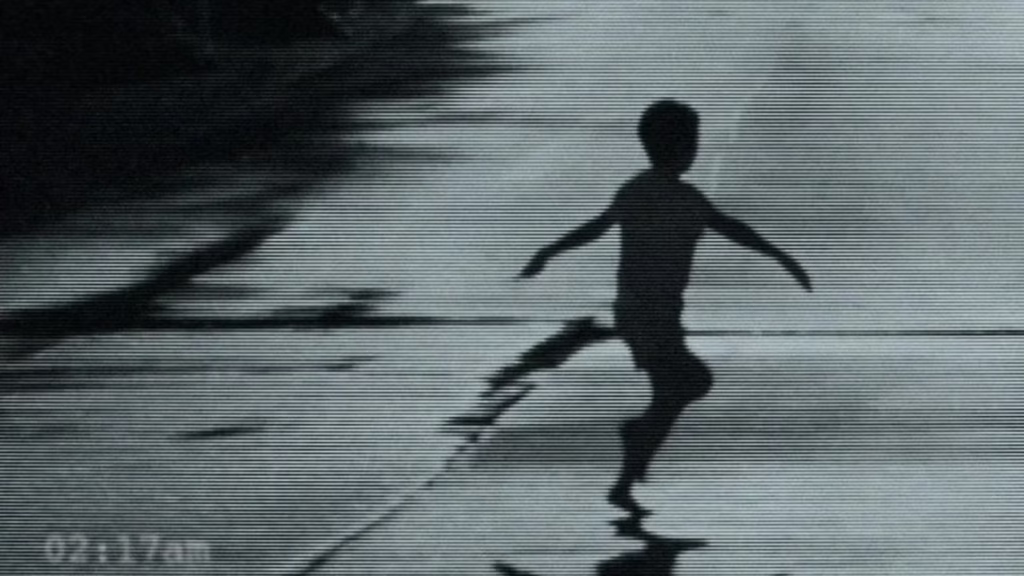
A Story Told in Shards
Unlike the relentless, trapdoor storytelling of Barbarian, Weapons feels like a locked puzzle box. The mystery unfolds in chapters, each told from a different character’s perspective, and every shift rewires your understanding of the events.
We meet Justine (Julia Garner), whose pale, haunted demeanour hides a storm of guilt and self-destruction. Archer (Josh Brolin), a grieving father, channels his pain into simmering rage, often aimed at Justine. Paul (Alden Ehrenreich) is a weary, moustachioed cop whose personal life is as messy as his professional one. The school principal, Andrew (Benedict Wong), radiates a quiet, watchful presence, while Anthony (Austin Abrams) is a twitchy opportunist, darting between danger and survival.
Cregger uses the Rashomon effect to replay key moments: a school meeting confrontation, a vandalised car, glimpses of a creepy house, each time from a new vantage point. With every rewind, details shift, meanings warp, and the knot tightens. Also Read: Sydney Sweeney’s American Eagle Ad Sparks Controversy: What Went Wrong and Why It Matters

Atmosphere That Crawls Under Your Skin
The film’s visual language owes much to moody thrillers like Prisoners. Larkin Seiple’s cinematography glides like an unseen observer, lingering on faces, letting silences hum until they’re unbearable. The score is a low, vibrating pulse in your chest, reminding you that something terrible is always just out of frame.
Garner embodies Justine’s exhaustion so completely that it feels physical. Brolin’s performance is weighted with grief’s inertia, every movement heavy with unspoken history. Ehrenreich plays Paul like a man permanently hungover on regret, while Wong’s Andrew offers moments of fragile humanity in a story thick with suspicion.
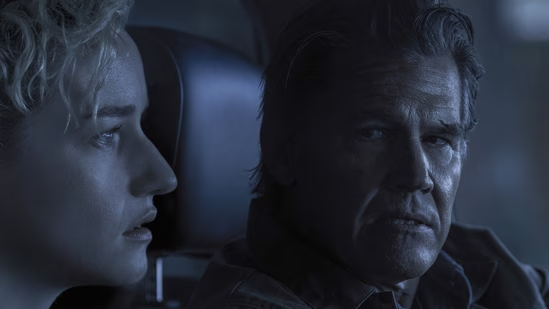
When the Horror Starts to Laugh
Just when the tension threatens to choke the air out of the room, Cregger introduces Aunt Gladys (Amy Madigan). With one eye disturbingly smaller than the other and lipstick drawn like a careless dare, Gladys spins the film into surreal, gothic comedy. Her presence doesn’t relieve the tension; it warps it, making the unsettling moments feel even sharper.
Anthony’s knack for saying the worst possible thing at the worst possible time turns certain encounters into near-vaudeville, without ever letting you unclench. This merging of absurdity and dread is where Weapons shines. Cregger understands that horror and comedy aren’t opposites but partners in chaos.
The Reveal and Its Ripples
For all its brilliance in building tension, Weapons stumbles slightly in its final act. The ultimate explanation for the children’s disappearance feels smaller than the wide, horrifying possibilities the first hour suggested. Where Barbarian expanded its world with each twist, Weapons narrows its focus just when you want it to burst open.
That said, the gore, when it comes, is gleefully over-the-top, a treat for genre fans who enjoy their horror with a splash of dark humour. More importantly, Cregger leaves behind images and moments that linger: the silhouette of a child’s arms slicing the night air, the creeping realisation that we’ve been seeing only fragments of a much larger story.
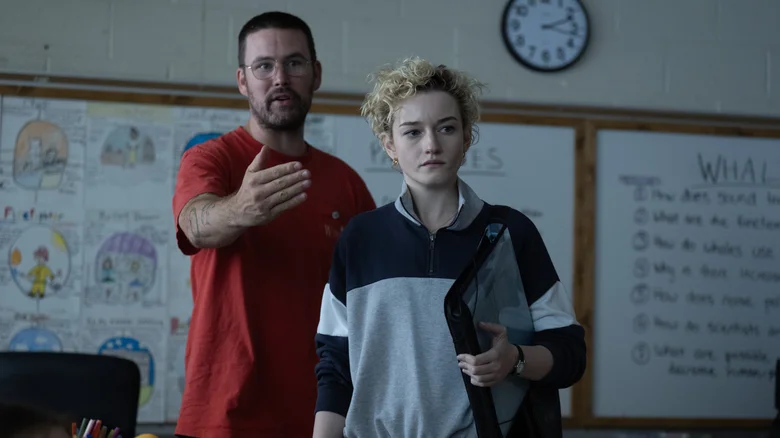
The Subtext Beneath the Screams
Beneath its horror-thriller mechanics, Weapons hums with social commentary. Maybrook’s finger-pointing and desperate need for a culprit mirror real-world small-town paranoia and the way fear mutates into mob logic. There’s a subtle echo of how modern societies latch onto conspiracy theories to explain the unexplainable, weaponising fear into action.
Cregger never lectures or over-explains; these themes drift just under the surface, waiting for viewers to catch them. It’s this layering of narrative and subtext that makes Weapons a film you’ll want to talk about long after the credits roll.
Final Verdict: A Razor-Sharp Addition to Modern Horror
Zach Cregger’s Weapons is a rare blend of horror, mystery, and offbeat comedy that rewards patient viewers. It’s precise, unnerving, and unexpectedly funny in moments you least expect. While its ending may not hit with the force of its beginning, the journey there is meticulously crafted, making it one of the most engaging horror releases of the year.
If Barbarian was a chaotic rollercoaster ride, Weapons is a slow, twisting labyrinth, each turn deliberate, each shadow hiding something worth fearing. It’s the kind of film you recommend to friends with a sly smile and no spoilers, letting them discover its strange delights on their own.
Weapons movie review takeaway:
If you love horror that’s as much about mood and mystery as it is about scares, and if you appreciate when laughter creeps in right alongside dread, Weapons is worth every minute of your attention.




